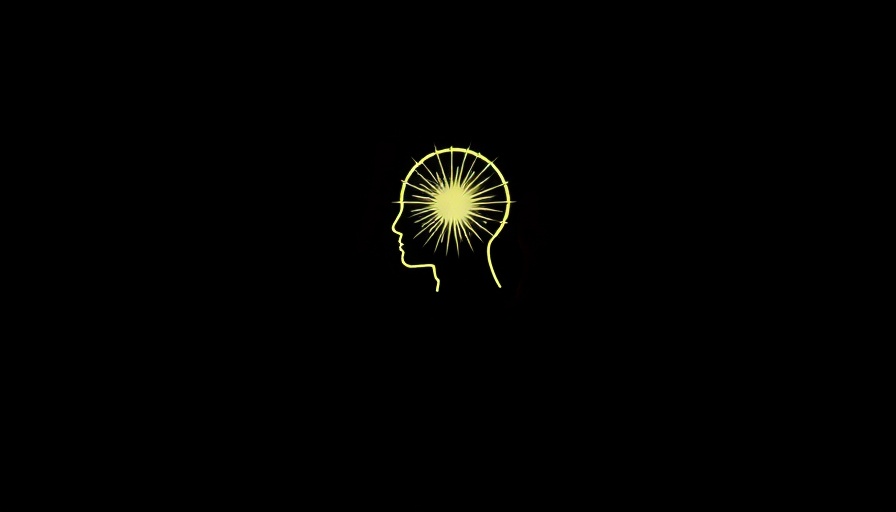
AI Hallucinations vs. Human Error: A Bold Claim
In a recent press briefing, Anthropic CEO Dario Amodei sparked debate by claiming that AI models are less prone to 'hallucinations'—a term for when AI presents inaccurate facts—compared to humans. Speaking at Anthropic’s inaugural developer event, Amodei expressed optimism about the potential for AI to reach human-level intelligence, a milestone he anticipates could occur as early as 2026. This assertion, while bold, raises questions about the accuracy of AI models in real-world scenarios.
Understanding Hallucinations in AI
AI hallucinations can pose significant challenges for developers seeking to create reliable AI systems. While Amodei believes that new techniques, like integrating web searches for real-time data, could lower the frequency of these errors, industry experts are divided. For instance, Google DeepMind’s CEO, Demis Hassabis, argues that current models still exhibit substantial flaws, which could impede the journey toward Artificial General Intelligence (AGI).
A Balancing Act of Perspectives
The debate around AI’s accuracy cannot be one-sided. While Amodei frames AI hallucinations as manageable, incidents such as an Anthropic lawyer misusing AI-generated citations in court highlight the real-world stakes involved. Such blunders indicate that despite advancements, hallucinations remain a challenge across all AI platforms. Leading AI models, including OpenAI’s latest iterations, have shown higher rates of hallucination, complicating the narrative that AI errors are decreasing.
The Path Forward: Caution versus Optimism
As excitement builds around AI's potential, it is crucial to approach claims of AI superiority over human cognitive fallibility with caution. Mistakes, whether in AI or human understanding, reveal vulnerabilities that need careful consideration. Effective evaluation of AI models against human capabilities can guide improvements and foster transparency in the rapidly evolving technology landscape.
In conclusion, as discussions around the capabilities of AI continue, both optimism for AI’s future and scrutiny of its current performance are necessary. Watching how this dialogue unfolds will be key to understanding the path toward AGI and its implications for society.
 Add Row
Add Row  Add
Add 




Write A Comment